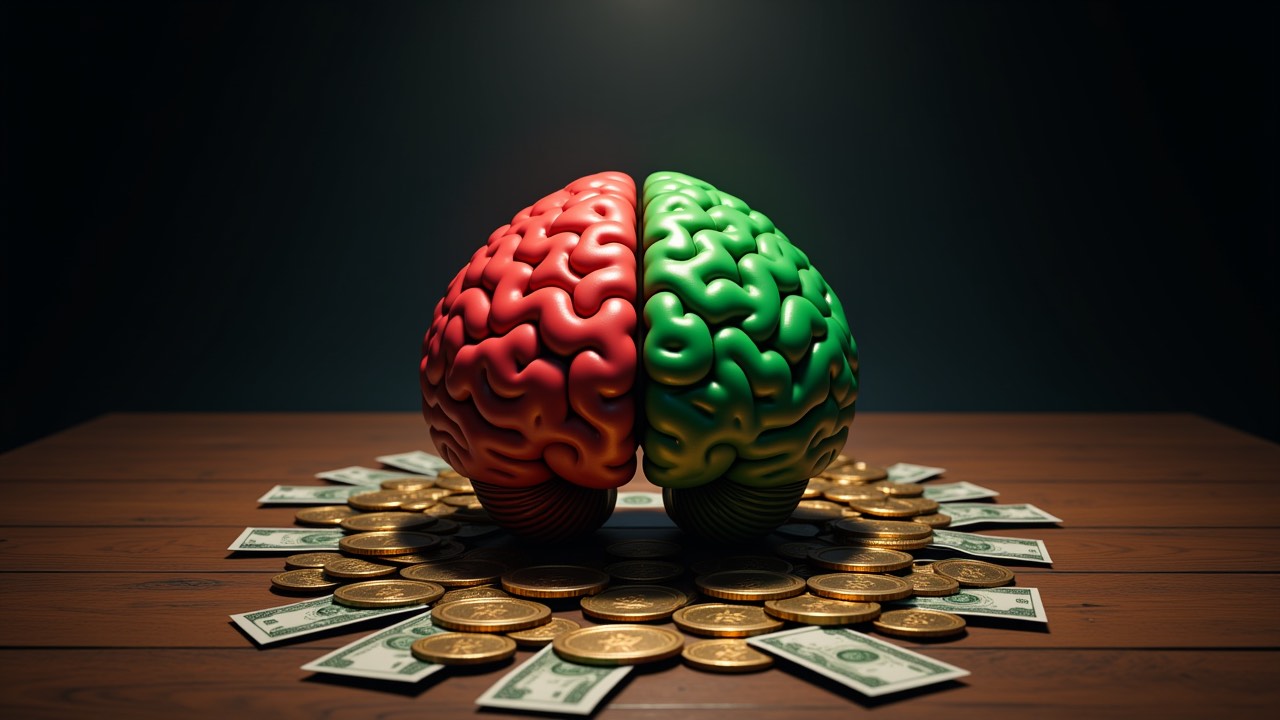
A child's laughter: an algorithmic product?
- Martin Enlund
- 10/5/25
Ilya Sutskever, co-founder and former chief scientist at OpenAI, said recently that the human brain is nothing but a biological computer. He was completely certain of this. But is that really the case?
Ilya Sutskever, co-founder and former chief scientist at OpenAI, delivered an address in Toronto in June. He told the attending students that the real challenge with AI doesn’t lie in how our jobs and careers will be affected – something glimpsed daily in the news cycle – but something entirely different. He warned that the day is soon coming when AI will be able to do everything “any of you can learn.” He was completely certain of this because we all have brains, and the brain is nothing but a biological computer. An extremely fast computer will therefore surpass us humans.
But is that really the case? While progress has been made in understanding certain parts of the brain, consciousness remains an enigma. How billions of neurons give rise to creativity, emotions, and thoughts remains shrouded in mystery, as does how different brain regions form a cohesive whole. It’s thus impossible to conclusively state today that the brain is just a biological computer.
Is Caspar David Friedrich’s painting Wanderer Above the Sea of Fog just an image ? Is Michelangelo’s depiction of David just a block of stone? Is love merely a chemical reaction? At first glance, this might seem true. But the implication is that there’s nothing special about certain paintings and statues, about love, or about our brains. But perhaps there is?
Categorization removes the mystique from concepts and brings them back to the mundane and perhaps more comprehensible. But it also carries risks. If we uncritically accept Sutskever’s hubristic definition of our brains, we risk not only drawing flawed conclusions about AI policy. By reducing the brain to a computer, we elevate the machines to our equals while downgrading ourselves to machinery. If we accept that our brains can be equated with silicon components, doesn’t every child’s first laugh become an algorithmic product? Doesn’t free will become merely an illusion?
Taylorism reduced humans to cogs in the industrial machine starting around 150 years ago. This proved detrimental to both workers and companies in the long run. The mechanistic view of humans as mere “resources” – an idea Taylorism institutionalized – was later condemned by the Catholic Church : “(…) to misuse men as though they were things in the pursuit of gain, or to value them solely for their physical powers - that is truly shameful and inhuman” wrote Pope Leo XIII.
Just as we wouldn’t judge Friedrich’s painting solely through pigment analysis, experience the David statue via a measuring tape, or conflate love with a prescribed dosage, we should likely be wary of reducing the brain to a mere computer.
While the forestry industry sees pine trees as cubic meters of timber, biology describes you as a complex organism made of water and carbon. Both are right – and both are wrong. Even if our definitions can never capture the entirety of reality, they risk leading us astray. The cost of an overly superficial understanding, of insufficient humility, or of disproportionately high trust in experts, may prove greater than we imagine. The price might ultimately be our own humanity.
Cover image: AI


